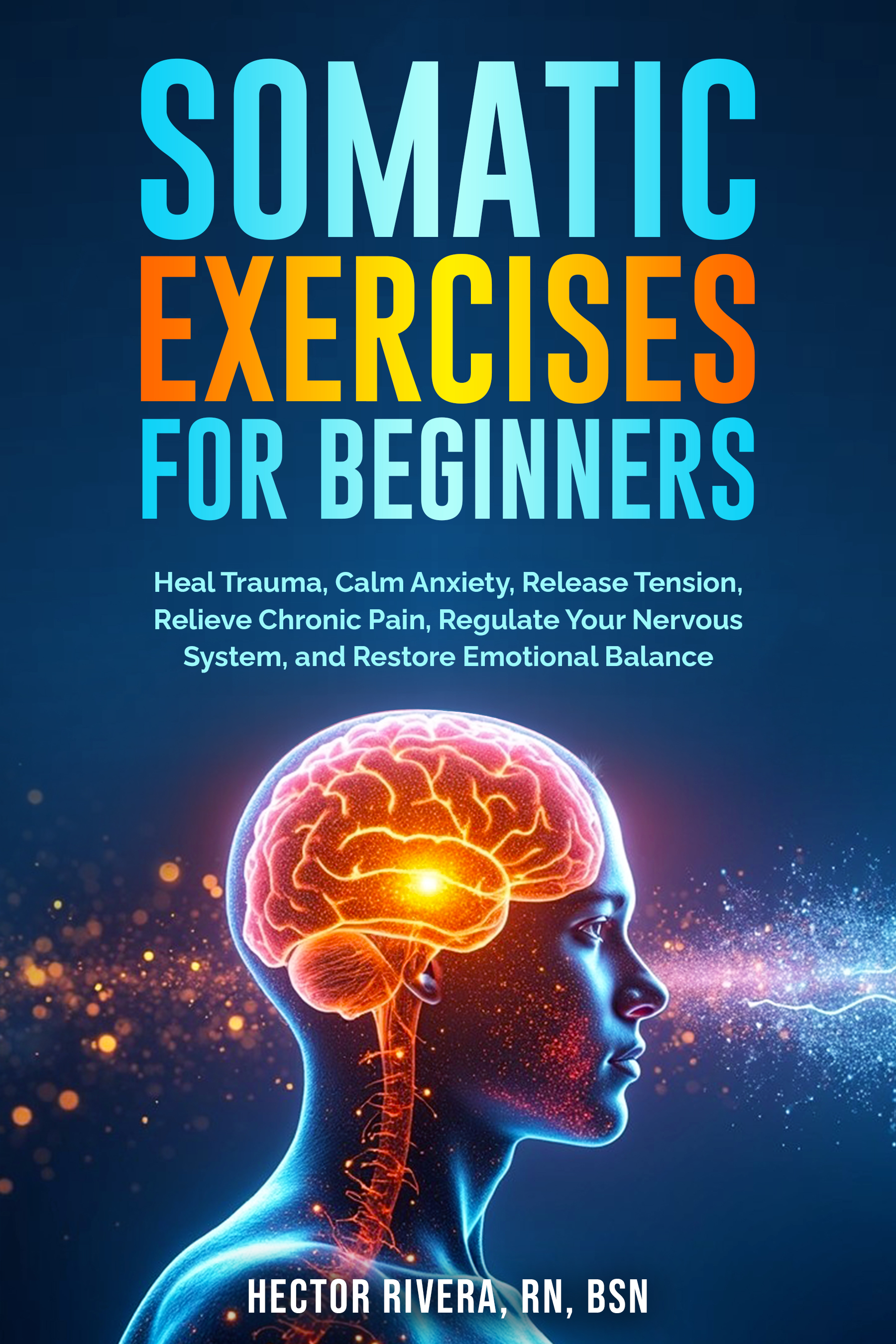3 Types of Somatic Therapy

Understanding the 3 Types of Somatic Therapy and How They Support Healing
When people first hear about somatic therapy, the natural question is: What are the 3 types of somatic therapy most often practiced today? Since somatic therapy is an umbrella term that encompasses many approaches, it is helpful to break it down into a few of the most widely recognized methods. Each approach employs its methods, but they all work toward the same purpose: helping people reconnect with their bodies, settle their nervous systems, and ease the stress or trauma stored in physical patterns.
Why Somatic Therapy Takes a Body-Based Approach?
Before exploring the three approaches, it’s worth remembering why somatic therapy focuses on the body at all. Our nervous system doesn’t just live in our heads—it runs through every muscle, organ, and cell. Stressful or overwhelming experiences can leave a lasting physical imprint, manifesting as tension, pain, or even a sense of numbness. Talk therapy often helps people make sense of what happened, but sometimes the body still reacts as though danger is present.
Somatic therapy steps in here. By bringing awareness to sensations, movement, and breath, people learn to respond differently to stress. Over time, the nervous system can find a more balanced rhythm, creating space for greater safety and calm.
Type 1: Somatic Experiencing (SE)
Dr. Peter Levine developed Somatic Experiencing, which has become one of the most widely recognized approaches to trauma treatment. Bioenergetic Analysis, created by Alexander Lowen, uses movement, posture, and breathing to release blocked energy. Somatic Experiencing works on the principle that trauma is not just about the event itself but about how the body responded and never fully recovered. Somatic Experiencing works on the principle that trauma is not just about the event itself but about how the body responded and never fully recovered.
A typical SE session doesn’t require someone to retell every detail of their past. Instead, the therapist helps them notice sensations in the body—such as tightness, warmth, heaviness, or energy. The process occurs slowly, with a strong emphasis on safety and security. The nervous system can release stored survival energy bit by bit through small steps, such as noticing how the feet press into the floor or how the chest expands with breath.
People who practice SE often describe feeling lighter, calmer, and more connected to their bodies. The method is gentle but effective, particularly for those who find revisiting trauma directly to be overwhelming.

Type 2: Sensorimotor Psychotherapy
Founded by Pat Ogden, Sensorimotor Psychotherapy combines body awareness with traditional talk therapy. It was developed with a focus on both trauma and attachment issues, making it helpful not just for specific traumatic events but also for early relational wounds.
In this approach, therapists encourage clients to notice how their body reacts in the present moment. For example, someone discussing conflict might notice their shoulders are tensing or their breath is shallow. Instead of pushing past those sensations, the therapist will explore them with curiosity and understanding. Sometimes, small movements—such as adjusting posture, pressing the hands together, or practicing grounding—help shift the body’s response and open up new possibilities for coping.
Sensorimotor Psychotherapy is unique because it doesn’t treat the body and mind as separate. The healing process weaves together thoughts, emotions, and sensations. This integration can help individuals gain a deeper understanding of themselves and establish healthier patterns in their relationships.
Type 3: Hakomi Method
The Hakomi Method, created by Ron Kurtz, is another influential form of somatic therapy. Hakomi emphasizes mindfulness and the belief that much of what shapes our behavior comes from unconscious patterns formed early in life. By gently accessing these patterns through the body, healing and growth can occur.
A Hakomi session often begins with slowing down and noticing subtle sensations. Clients may explore how specific thoughts or memories manifest physically—such as a tightening in the throat or a heaviness in the chest. The therapist creates a safe and mindful space where clients can remain present with these sensations without judgment or criticism.
What sets Hakomi apart is its focus on compassion and curiosity. The method isn’t about fixing what’s “wrong,” but about understanding what the body is expressing and offering new experiences that allow for change. Many people describe Hakomi sessions as deeply calming and insightful.
Common Threads Across All Three
Although, the 3 types of somatic therapy, Somatic Experiencing, Sensorimotor Psychotherapy, and Hakomi each have unique techniques, they share essential principles:
- Gentleness: Work happens at a pace that respects the body’s limits.
- Awareness: Focusing attention on sensations, movement, and breath is central.
- Safety: Therapists create a supportive environment where clients feel grounded.
- Integration: Healing treats the body and mind as inseparable parts of one whole.
Together, these approaches remind us that the body carries wisdom. By listening closely, we can uncover patterns that words alone might not reveal.
When These Approaches Can Help
People often use the three types of somatic therapy for:
- Trauma recovery, including both single events and chronic stress
- Anxiety and panic symptoms
- Feelings of disconnection or numbness
- Chronic tension or pain linked to stress
- Relational struggles rooted in early experiences
Of course, they aren’t the only paths to healing, but they offer valuable tools for anyone wanting to reconnect with their body and build resilience.
Learning about the 3 types of somatic therapy provides a clearer understanding of how body-based healing works. Somatic Experiencing, Sensorimotor Psychotherapy, and the Hakomi Method each employ distinct approaches. Still, all aim to bring the nervous system back into balance and make the body feel like a safer place to be. Each approach has its way of working, yet they all come back to the simple idea that healing occurs when both mind and body are involved.
If you’re new to the topic, you may also want to explore What Is Somatic Therapy for a clear overview, or check out What Are Somatic Exercises for practical ways to start.”
Sources
- Levine, P. (1997). Waking the Tiger: Healing Trauma.
- Ogden, P., & Fisher, J. (2015). Sensorimotor Psychotherapy: Interventions for Trauma and Attachment.
- Kurtz, R. (1990). Body-Centered Psychotherapy: The Hakomi Method.
- van der Kolk, B. (2014). The Body Keeps the Score.
Medical Disclaimer: The information on this website is for educational purposes only and is not a substitute for professional medical advice, diagnosis, or treatment. Always consult a qualified healthcare provider with any questions you may have about your health or a medical condition. Never ignore professional medical advice or delay seeking it because of something you have read here.

